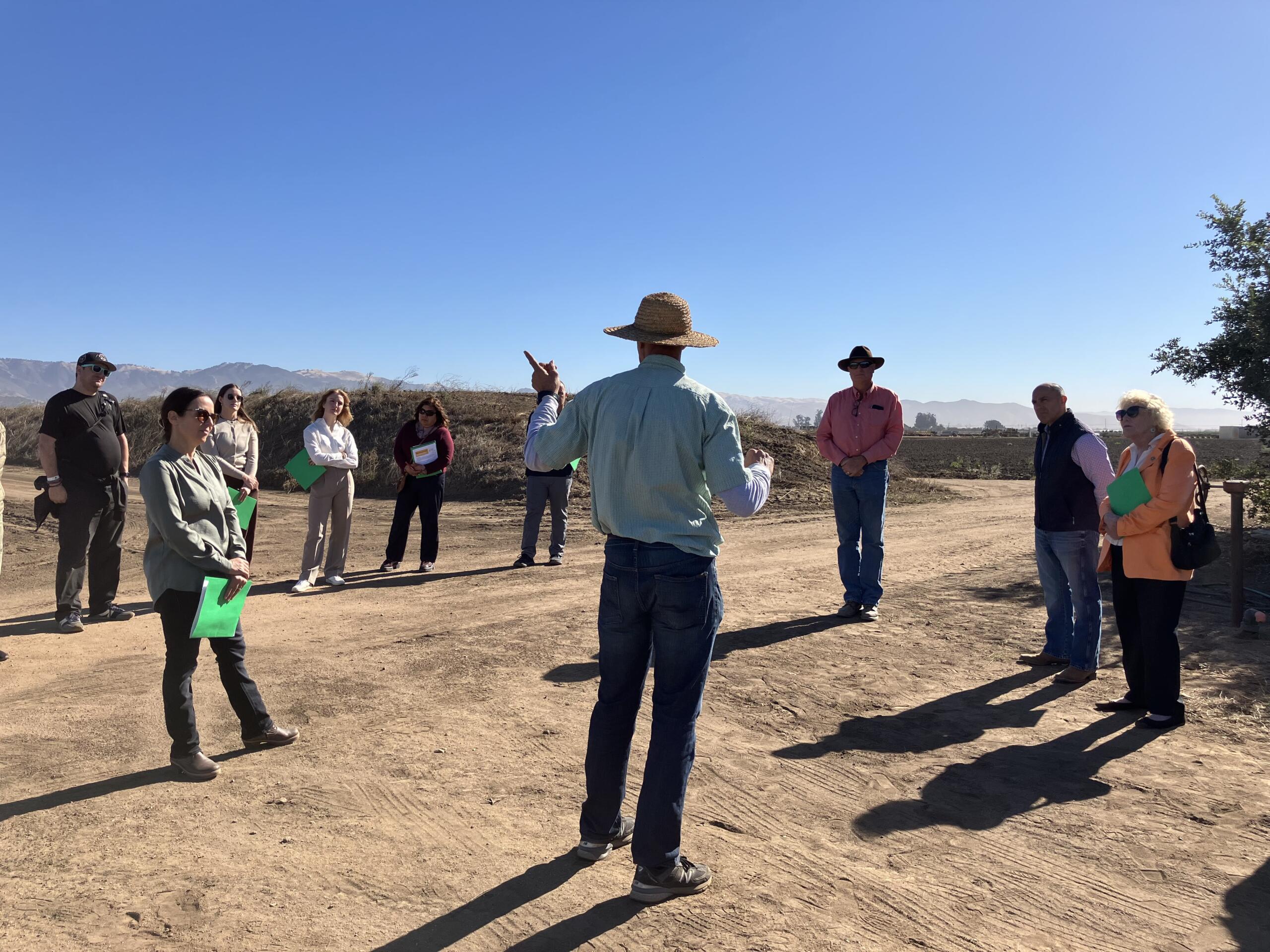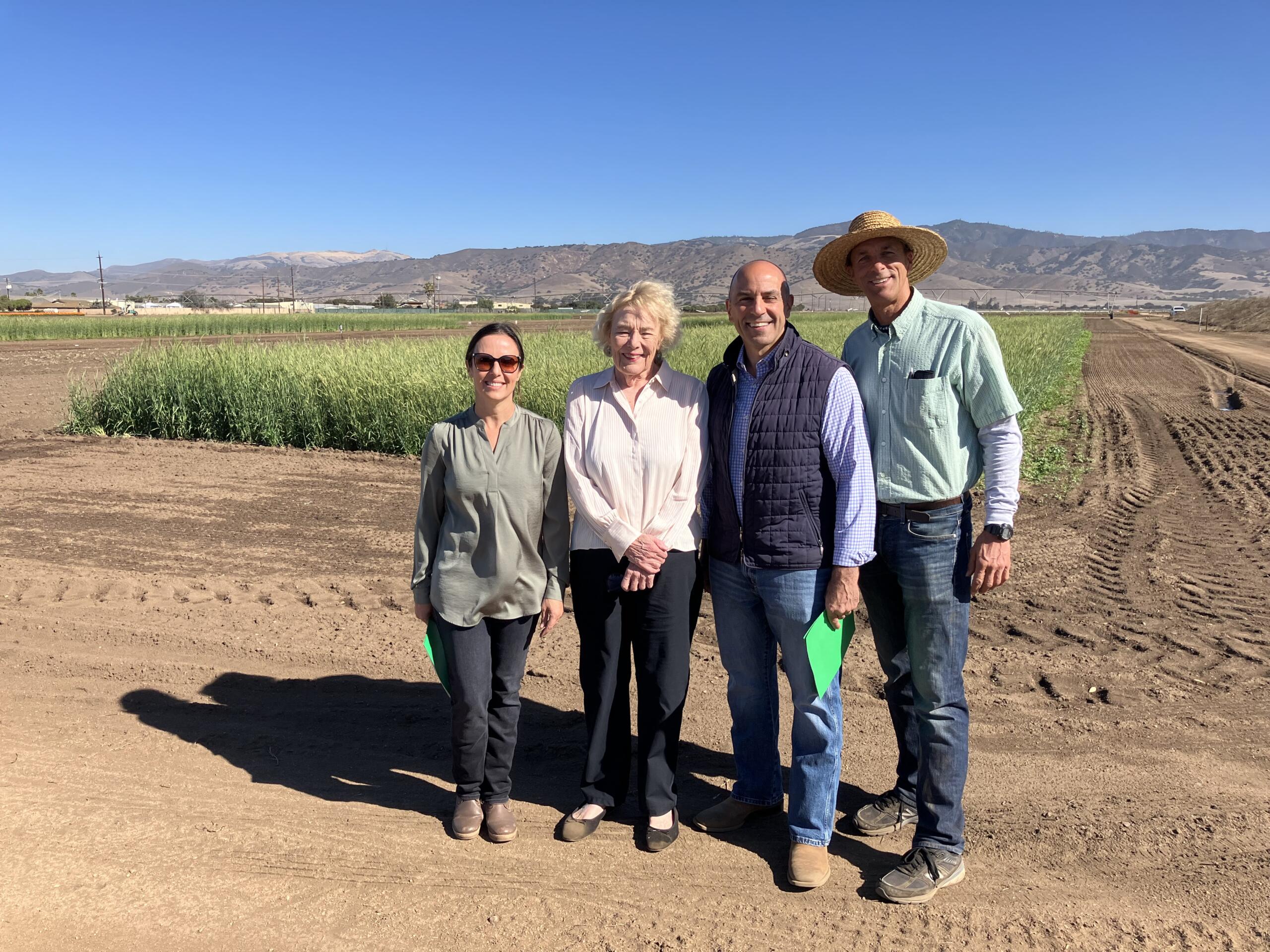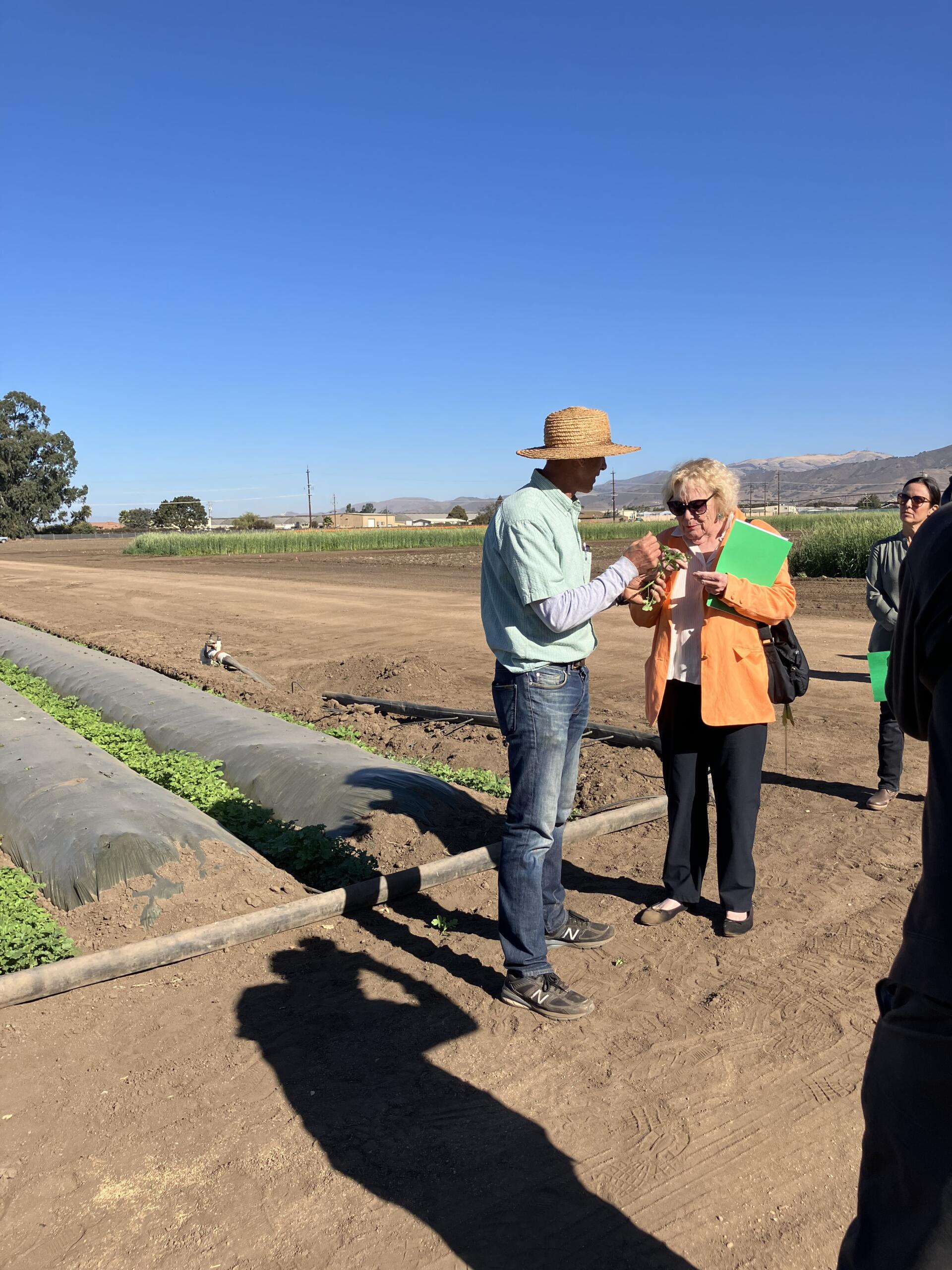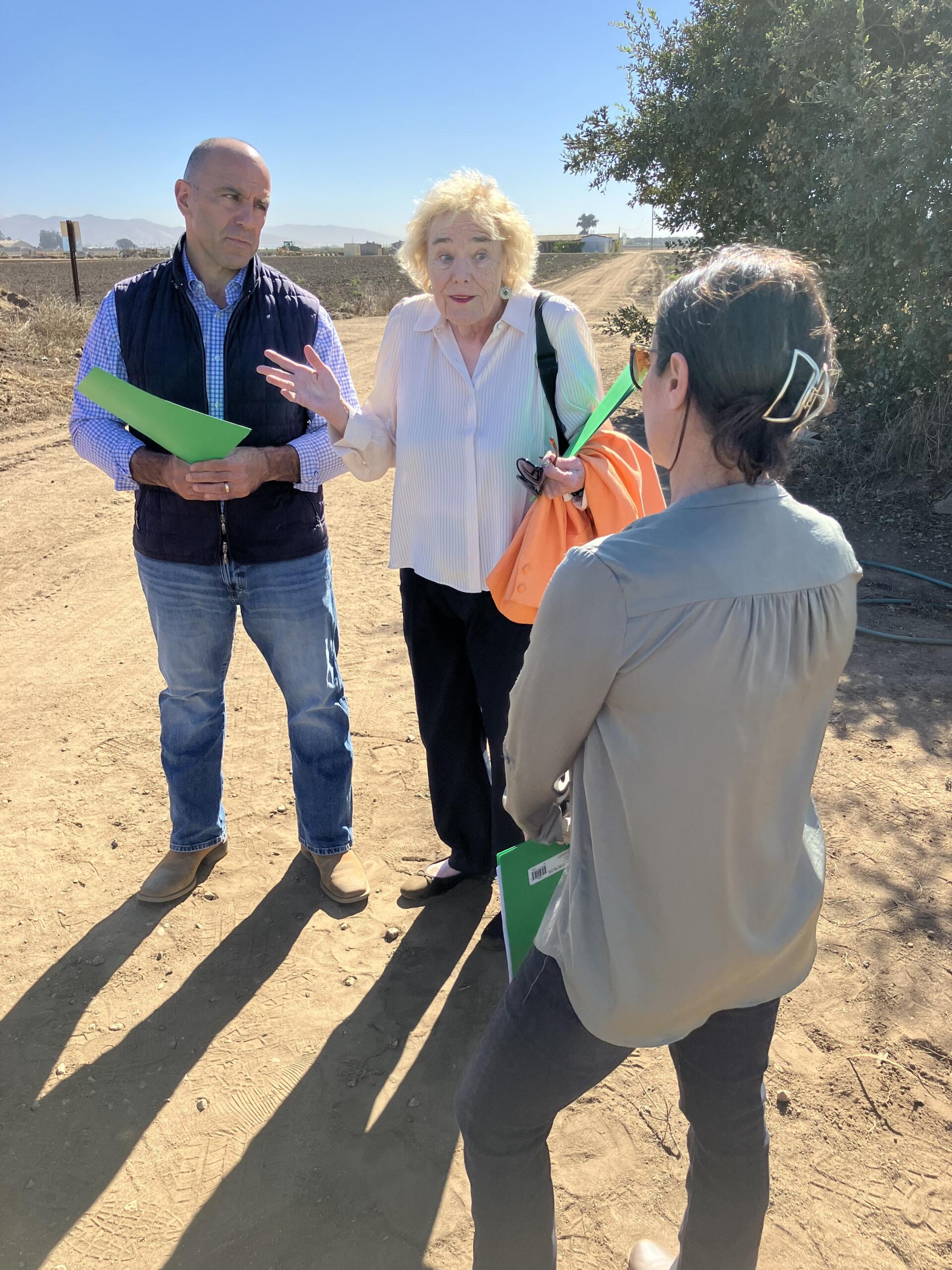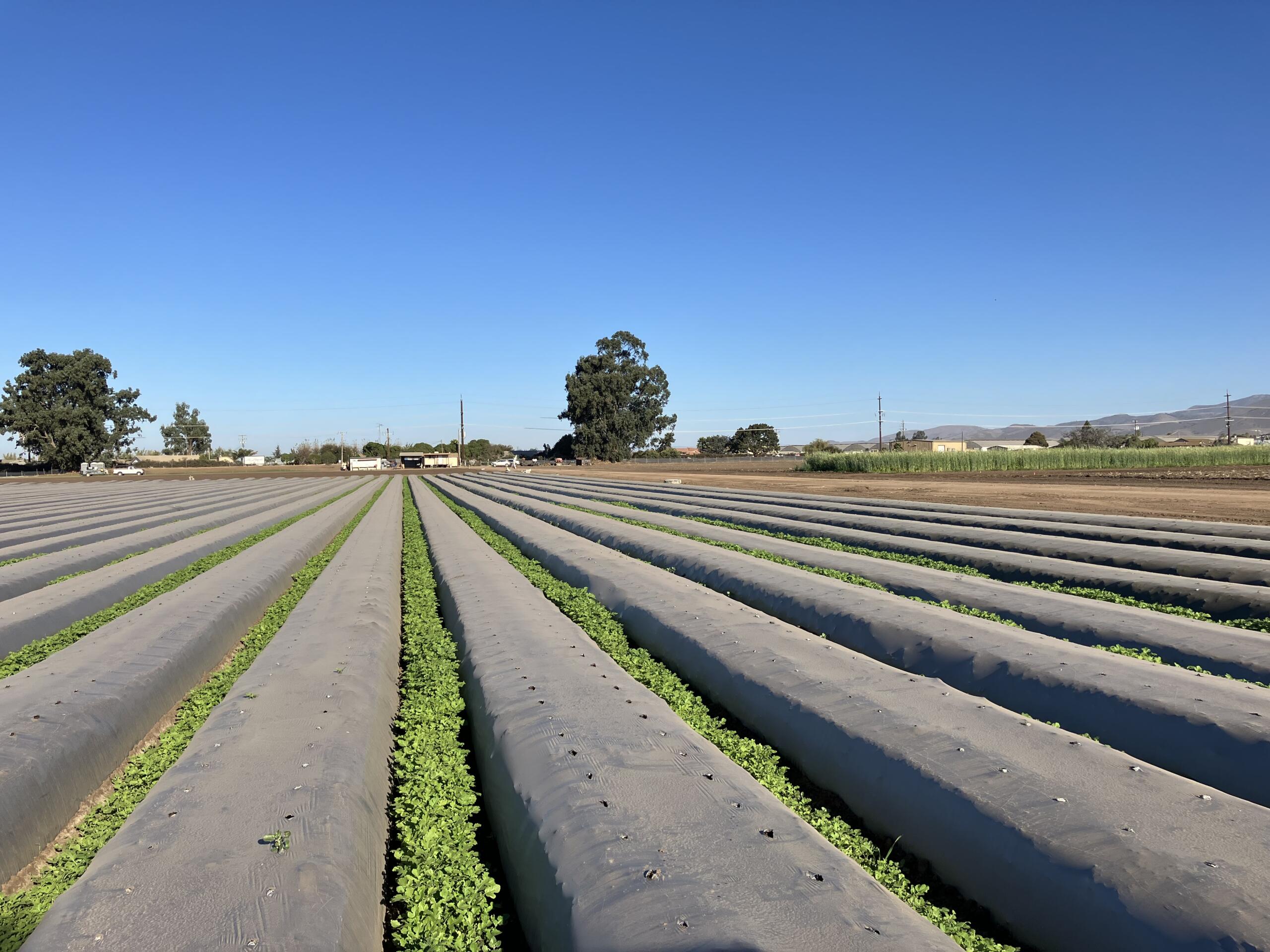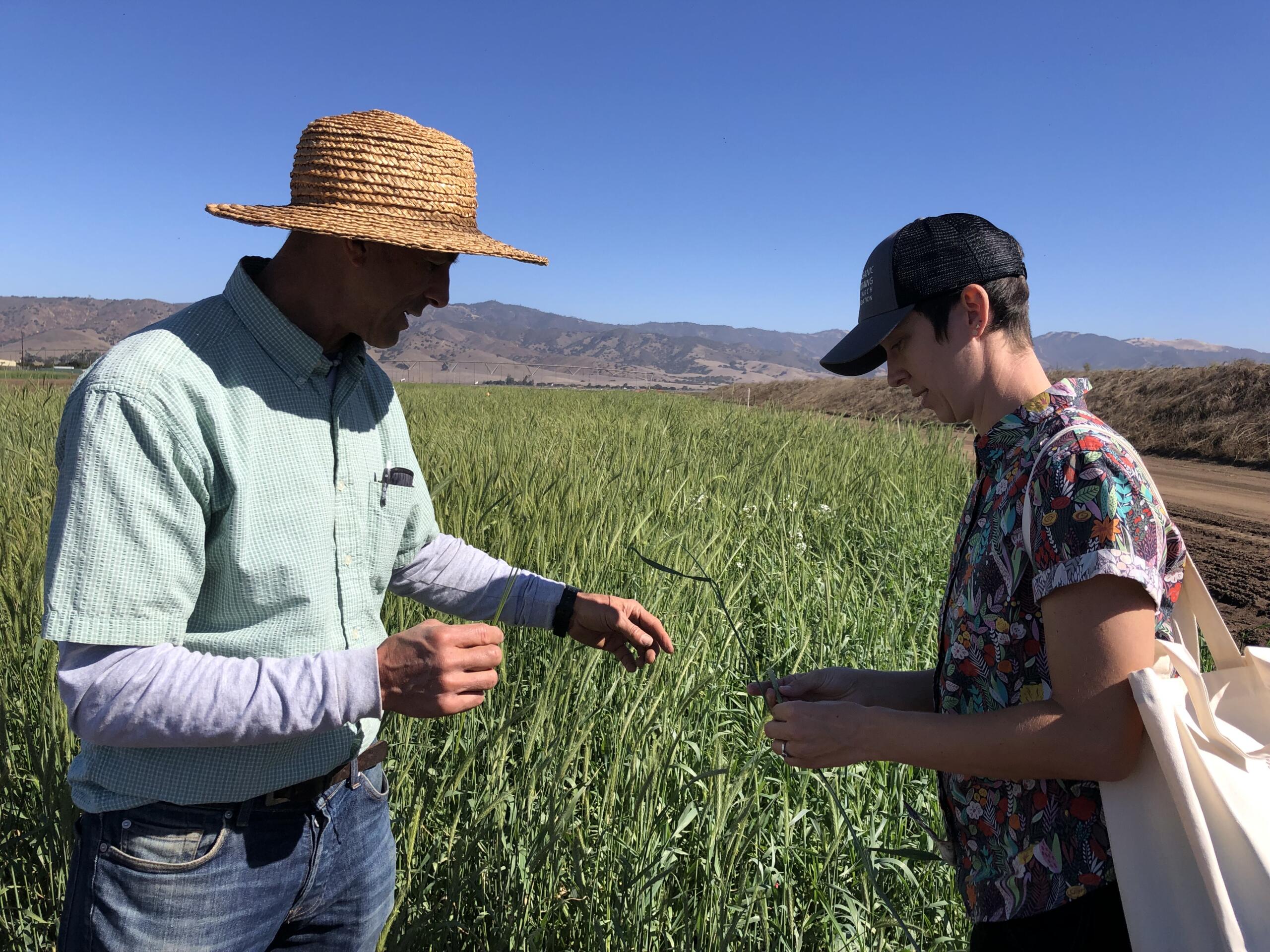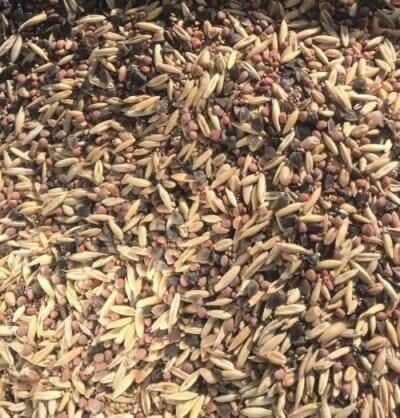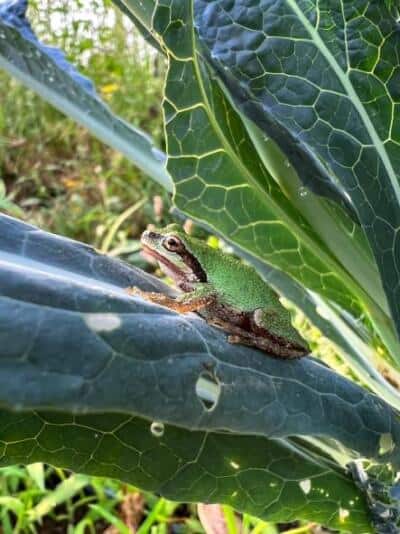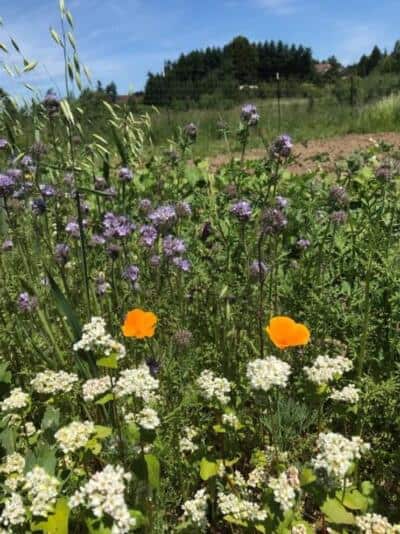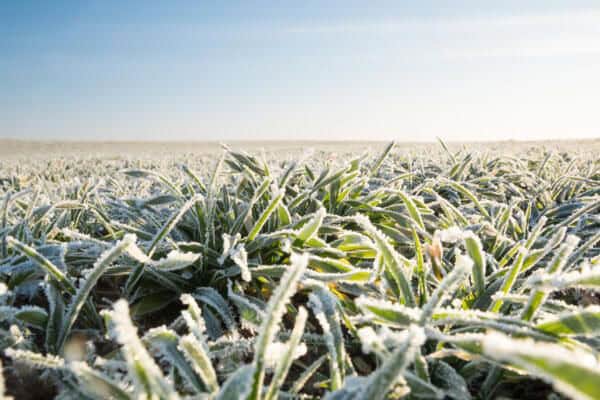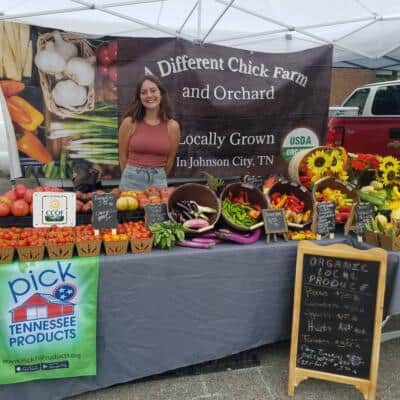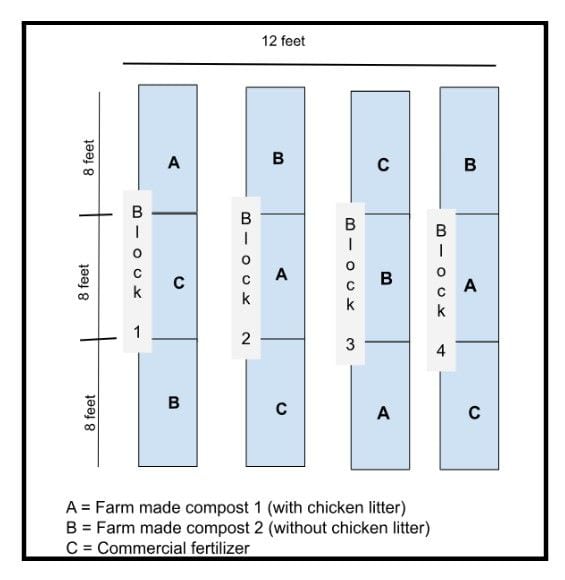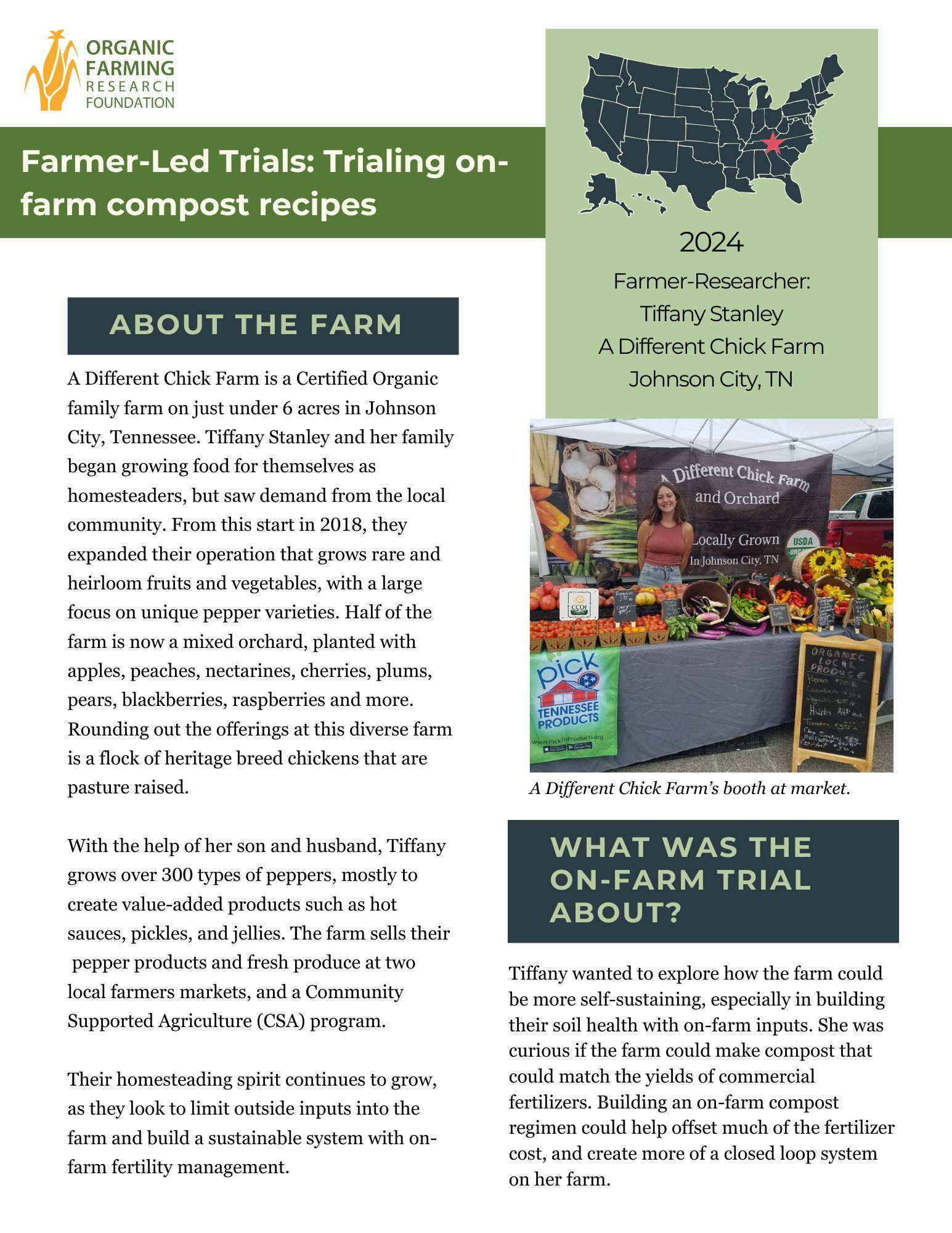Charting a Bold Path Forward
OFRF’s New Strategic Plan (2024-2029)
By OFRF staff
At the Organic Farming Research Foundation (OFRF), we’ve always been guided by our commitment to fostering the improvement and widespread adoption of organic farming systems. Our mission remains at the heart of everything we do: to cultivate organic research, education, and federal policies that help bring more farmers and acreage into organic production. And now, with the approval of our 2024-2029 strategic plan, we’re more focused and energized than ever to make this vision a reality.
“We are thrilled to unveil our new five-year strategic plan, representing a significant step forward for OFRF and the organic farming community. This plan not only reinforces our commitment to fostering organic agriculture but also sets ambitious goals to broaden our community and deepen our commitment to equity. These goals will guide our efforts over the next five years, ensuring that organic farming is recognized as the leading form of agriculture, benefiting both farmers and the planet.” – April Thatcher, President of OFRF’s Board of Directors and founder and farmer of April Joy Farm.
Our new strategic plan sets the course for the next five years, outlining ambitious goals that align with our mission, vision, and values. It’s a roadmap that builds on our foundation, adapts to the challenges of today, and prepares us for the future of organic farming.
Why We’re Excited About This Plan
This plan reflects who we are as an organization and what we stand for. It represents a collective effort—from staff, board members, and farmers—coming together to set priorities to move organic farming forward.
At the core of the plan are some exciting initiatives we can’t wait to share.
Supporting Farmers, Listening to Their Needs
Farmers are at the heart of everything we do at OFRF, and our strategic plan strengthens this commitment. By regularly gathering feedback from organic and transitioning producers, we’ll launch new initiatives to directly support growers, shape research and education around their most pressing challenges, and create stronger connections between farmers, researchers, and local organizations. From creating more structured opportunities for farmers to share their insights, which will help guide our work, to new resources addressing climate threats—we’re focused on ensuring farmers have the tools they need to thrive while leading the way in building resilient, sustainable farming systems.
Advancing Climate Solutions Through Organic Practices
We know that organic farming can be a powerful tool in mitigating climate change. Our plan prioritizes efforts to expand the role of organic systems in climate resilience and sustainability. We’ll be working on campaigns and educational efforts to showcase the real-world, on-the-ground benefits of organic farming in addressing climate challenges.
Expanding Research and Education Opportunities
Over the next five years, we’re committed to expanding the availability and access to science-based resources for farmers, ranchers, and ag professionals. Our Organic Research Hub (coming soon!) will serve as a central platform for sharing innovative research and practical applications in an easy-to-use way that promotes the long-term success of organic farming systems.
Building Our Advocacy Work
We are expanding our advocacy work to ensure that the voices of organic farmers are heard at the highest levels of decision-making. We will continue to represent the needs of farmers in Washington, D.C., and in the halls of Congress, advocating for policies and USDA programs that advance organic agriculture. By doing so, we aim to create a more equitable and supportive landscape for all farmers striving to farm more sustainably.
Deepening Our Commitment to Equity and Inclusion
Organic farming can only thrive if it’s accessible and inclusive. Our strategic plan emphasizes our responsibility to dismantle systemic barriers within agriculture and to foster a diverse and equitable food system. We’ll continue to amplify BIPOC farmer voices, increase outreach to underserved communities, and work toward a food system that benefits everyone.
What’s Next for OFRF
This plan is about more than setting goals—it’s about making meaningful change. With our new strategic priorities in place, we’re eager to roll up our sleeves and get to work on the specific actions that will drive the organic movement forward.
We’ve set ambitious goals for the next five years, and we know we’ll need the support of our community—farmers, researchers, partners, and advocates—to make them a reality. Together, we will take bold steps to ensure that organic farming not only grows but leads the way in creating healthy, resilient people, ecosystems, and economies.
“As we embark on this exciting journey with our new strategic plan, we’re committed to fostering collaboration and inclusivity within the organic farming community. Together, we can address the challenges ahead and work toward a sustainable future that benefits all farmers and our planet. We look forward to engaging with each of you as we turn our vision into action.” – Keith Richards, Chair of OFRF’s Board of Directors.
This is just the beginning, and we invite you to join us on this journey. Stay tuned for more updates as we begin to implement our plan and see the impact it will have on the future of organic agriculture.
Let’s work together to create a stronger, more sustainable future through organic farming. Subscribe to our newsletter to stay informed about our progress and ways to support our work.



